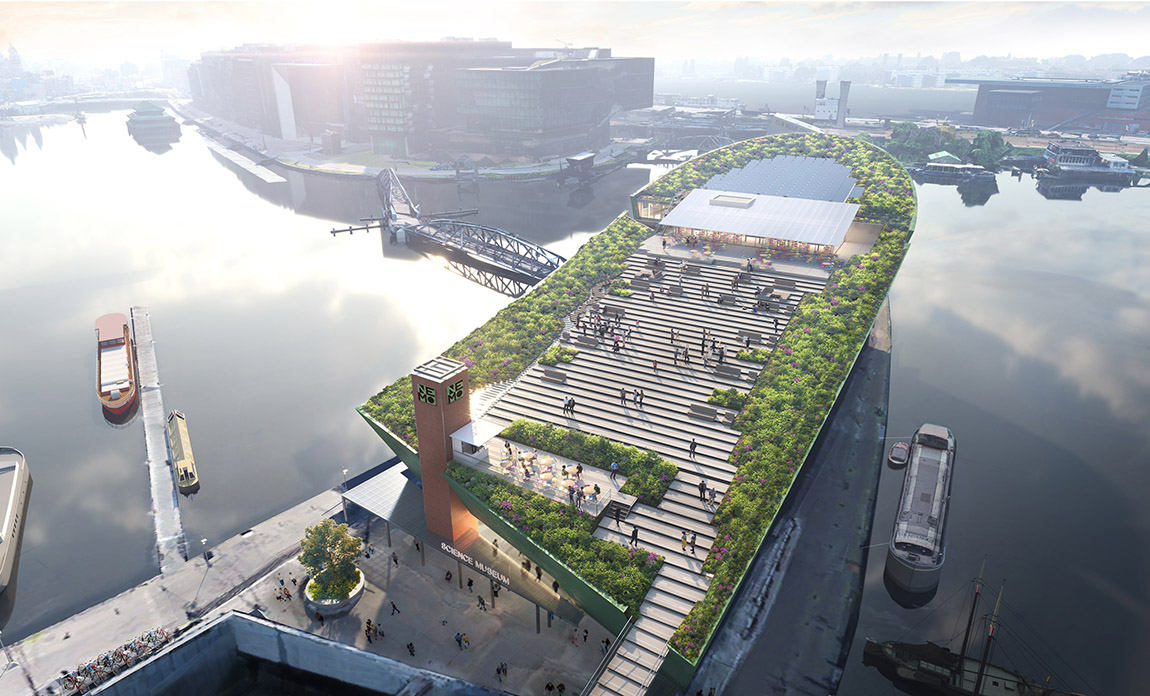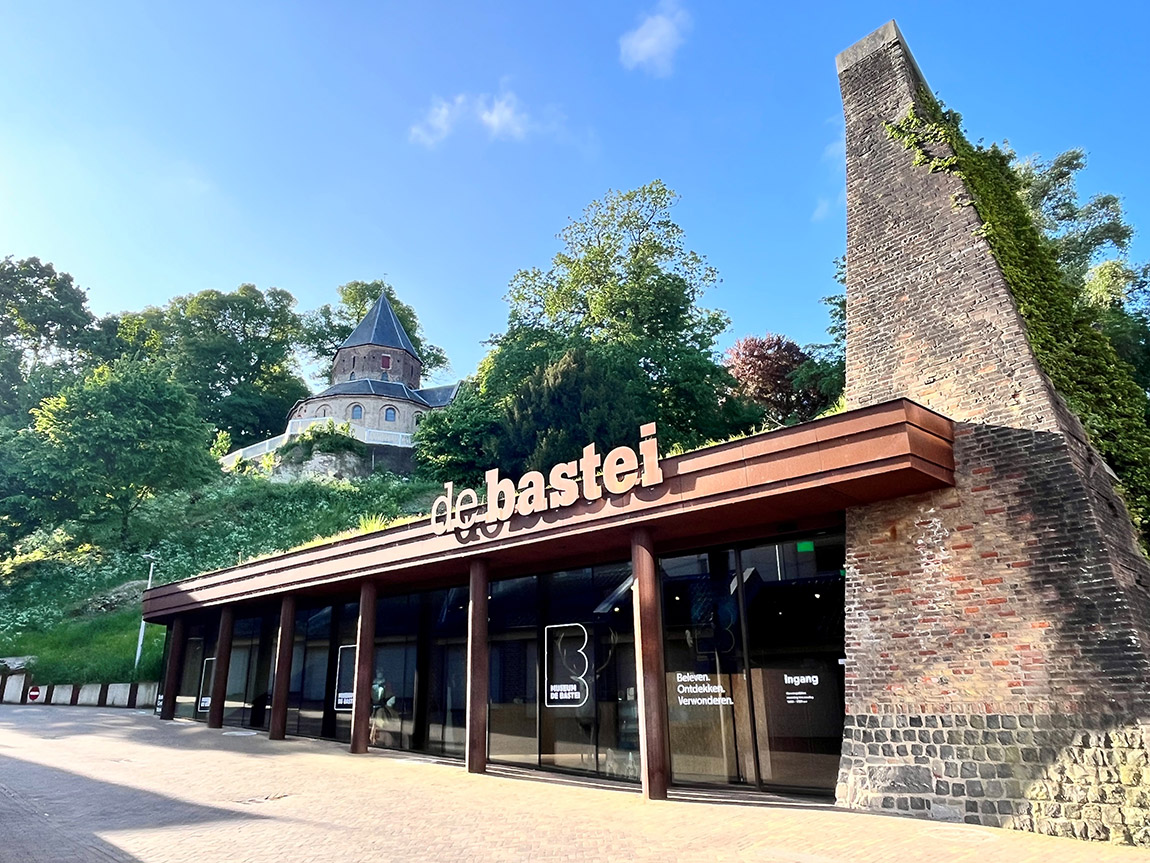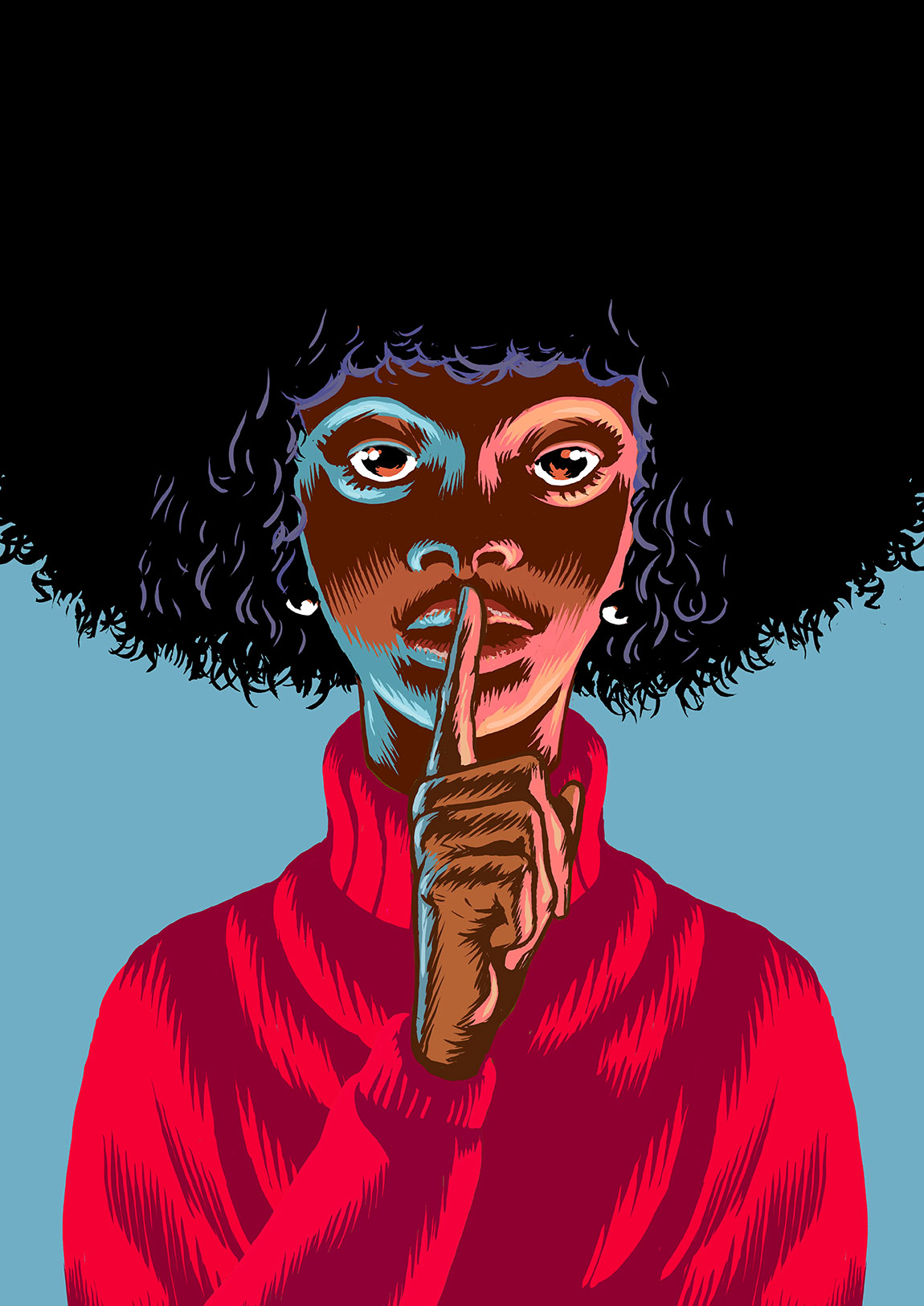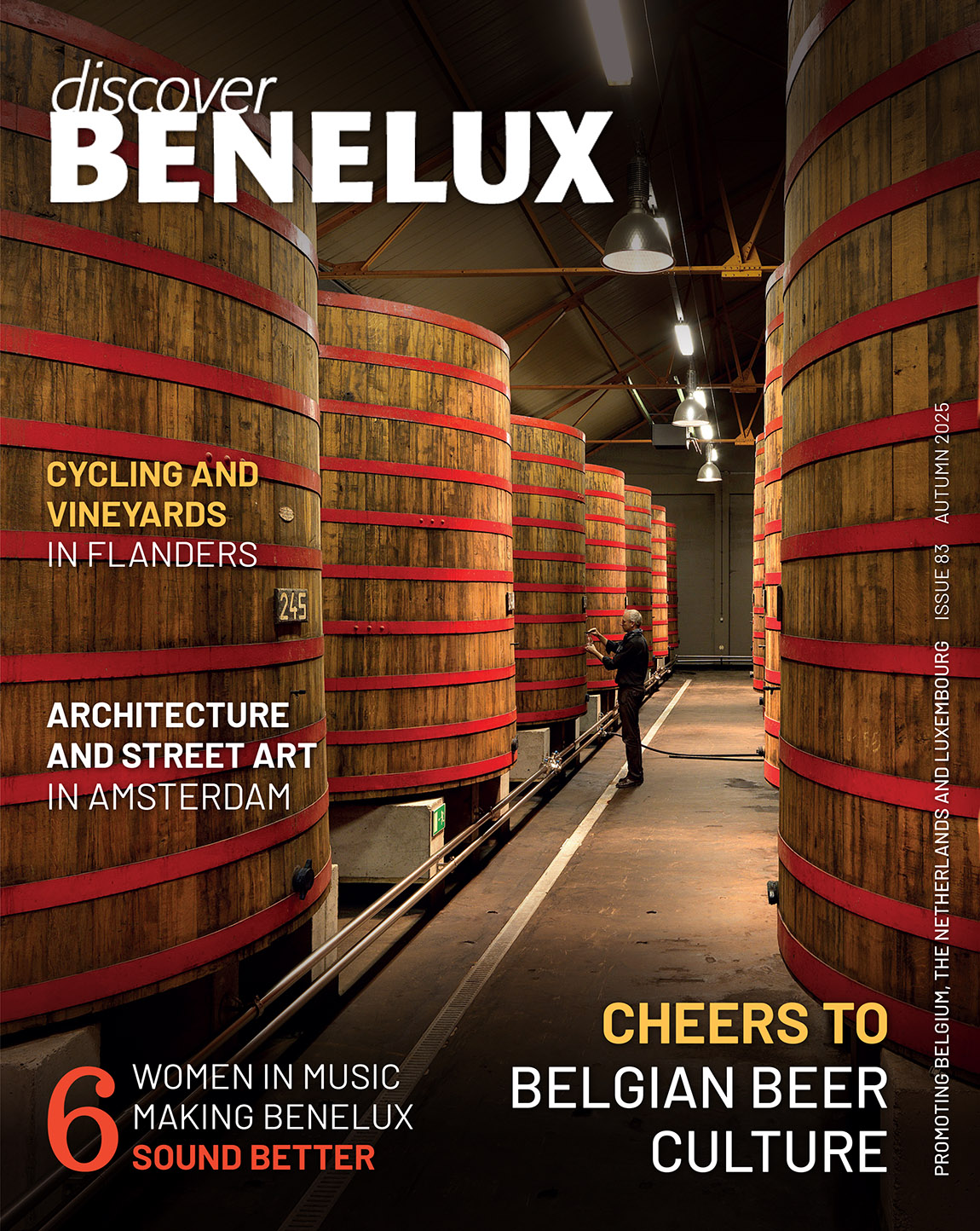FLEMISH MASTERS 2019: The world of Bruegel
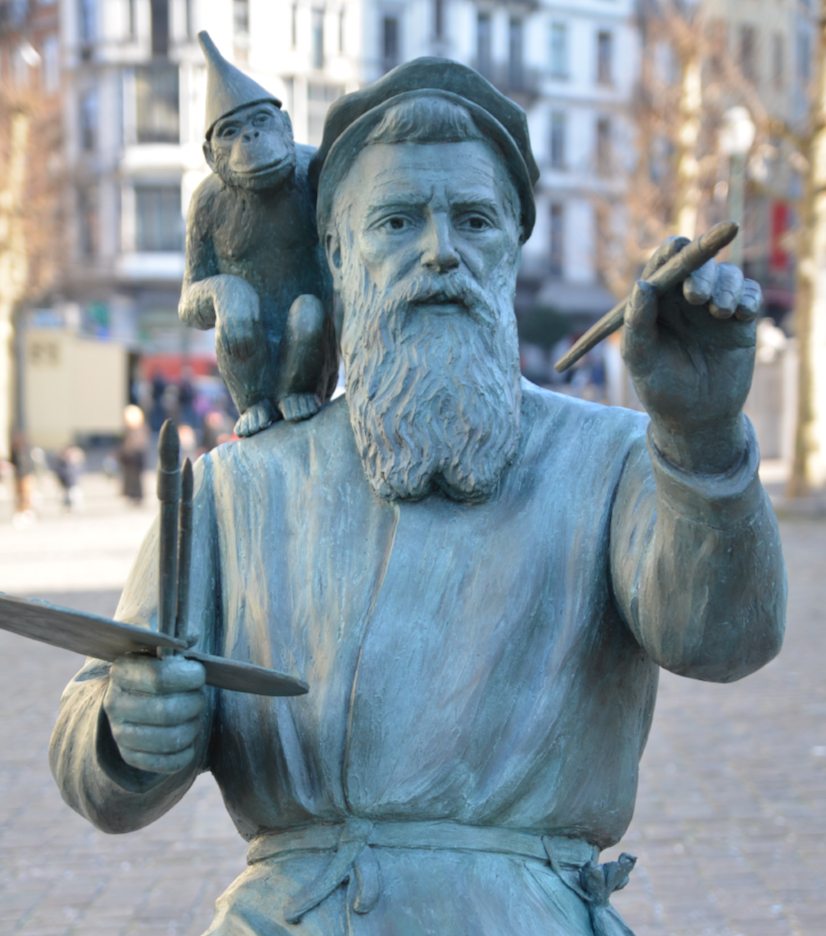
Continuing a three-year programme, Flanders will be hosting multiple events celebrating the 450th anniversary of Pieter Bruegel the Elder’s passing. After last year’s bountiful exploration of artist Peter Paul Rubens, Discover Benelux explores what Flanders has in store for 2019. Known partly for his landscapes and depictions of Flemish peasant and country life, the 16th-century painter was known as ‘Peasant Bruegel’. Although details of his life are unknown, the Flemish still consider Bruegel to have captured the essence of the country’s natural beauty and its people’s soul. “Pieter Bruegel is often seen as the embodiment of Flemish identity,” says Linde Deheegher, project manager of the Bruegel project. “This has been so since the revival of his work around 1900.” This year’s programme, following the exceptional exhibition at the Kunsthistorisches Museum in Vienna, will allow visitors to see key masterpieces and experience Bruegel’s work in a whole new way using technology.
Winter
It is unhelpful that we know so little of Bruegel’s life considering how detailed and complex some of his paintings are. It was Bruegel’s cartographer and geographer friend Abraham Ortelius who said that ‘in all his works, more is always implied than is depicted’. Yet since March 2016, the Royal Museum of Fine Arts in Brussels has been shedding light on his multifaceted work using virtual reality in the exhibition Bruegel, Unseen Masterpieces (until March 2020). In partnership with the Google Cultural Institute, visitors can virtually plunge themselves into Bruegel’s paintings. For example, using a Google Cardboard viewer, you can watch as his piece The Fall of the Rebel Angels (1562) becomes animated, and explore its many layers and characters that are perhaps lost in the chaos to the average viewer. This experience can also be accessed on the Google Cultural Institute website. “For us, it is important that you can admire our Flemish masters all over the world,” says Julie Rutgeerts, project manager of the Flemish Masters project.
Despite the popularity of Bruegel in his home country, there has not been a dedicated exhibition of his work in Flanders for almost 40 years. This is partly due to his paintings being so fragile and sensitive to temperature and humidity. Yet, the aim of the Royal Museum of Fine Arts is to make Bruegel’s work more accessible than ever with interactive screens throughout the museum. As Google has done for many other masterpieces, one can zoom right into a Bruegel painting and intimately observe his delicate brushwork. The museum also houses the Bruegel Box, which uses projectors on three walls of a room to create an immersive experience in which to get better acquainted with the painter’s depicted characters. Not only does this exhibition highlight new technological opportunities available for all museums, it kicks off this year’s celebrations in Flanders. Another Bruegel event already underway is The Great Escape (until the end of 2019). Taking place in the Notre-Dame de la Chapelle, where Bruegel married and is now buried, one can find three-dimensional models of characters and oddities found in his paintings.
Starting in February, two exhibitions connected to Bruegel will begin at the Centre for Fine Arts in Brussels, also known as BOZAR. One of the exhibitions, Prints in the Age of Bruegel (27 February to 23 June), concentrates on Bruegel’s background in printmaking. The artist was a collaborator with Hieronymus Cock, one of the first Northern Europeans to start a publishing company for prints. Bruegel provided over 60 designs for Cock to be made into prints. Prints in the Age of Bruegel also explores the print production of the Southern Netherlands in the 16th century.
BOZAR also explores what we can learn of Bruegel through his contemporaries and the artistic climate he worked in through the exhibition Bernard van Orley: Brussels and the Renaissance (20 February to 26 May). Van Orley was a 16th-century artist who owned one of the biggest art studios of that time and therefore had a significant influence over Brussels’ art community. He can therefore be seen as an important part of understanding not only Bruegel, but also the Flemish Primitives who mastered the then new medium of oil paints. As many of his works and the works of other Flemish masters can be found around Brussels, the exhibition encourages visitors to discover them using an illustrated map of the city.
Also starting in February is the ‘Bruegel Walk’ in Brussels, where you can follow a map to locations linked with Bruegel. Furthermore, murals big and small, inspired by Bruegel, will be unveiled up until this June.
Spring
It was the Flemish writer Felix Timmermans who wrote a biography about Bruegel and proclaimed him as ‘merely a peasant’s painter, a bon vivant’. “He proclaimed Bruegel, in the last years of the Romance era, as a painter of peasant psalms, crackling snow landscapes and eternally rustling cornfields, with his roots firmly in the Flemish clay,” says Deheegher. “The image of Bruegel as a jolly fellow, feasting with peasants and musicians, was born.” Although this image of Bruegel is known as a great misunderstanding, and he was in fact an urban dweller for most of his life, his seasonal landscapes and peasant subjects are nevertheless revered.
An artist known for his landscape paintings needs a setting that complements this. Gaasbeek Castle, in the municipality of Lennik, is a former 13th-century stronghold built as a defence for Belgium and the former residence of the Italian Visconti family. Refurbished to house the family’s large art collection, the castle is now a museum and will host the exhibition Feast of Fools: Bruegel Rediscovered (7 April to 28 July). The show explores how modern artists have interpreted Bruegel’s work, such as Otto Dix and James Ensor. Furthermore, ten contemporary artists have been invited to present their take on Bruegel’s themes in his work. Another venue that has chosen to use technology, with the help of the Berlin theatre company Rimini Protokoll, the exhibition displays a virtual reality video installation that places the viewer in the middle of the rural society Bruegel depicted. All this can be explored with a glass of artisan geuze, a beer brewed like it was in Bruegel’s time.
Part of understanding any artist is exploring the time and place they lived and worked in. That is why Bokrijk, an open-air museum in Genk, is hosting The World of Bruegel (5 April to 20 October). The park and museum complex, opened in 1958, is home to 120 historical buildings from Flanders and exhibited objects to provide an exhaustive history of Flemish rural life. The World of Bruegel provides a sensory experience of this rural history in 16th-century Flanders as Bruegel would have known it. One can see, hear, feel, smell and even taste life as the artist did. For an even more unique immersive experience, visitors can use augmented reality to find objects on the Bokrijk complex from Bruegel’s painting The Fight Between Carnival and Lent (1559), a depiction of a busy scene in the Flanders countryside.
To combine with a visit to Feast of Fools: Bruegel Rediscovered, one can take the ‘Bruegel’s Eye’ (6 April to 31 October) route designed to rediscover the landscapes of the Flemish master. Installations from contemporary artists and designers have been connected in both a bicycle and walking tour. Each installation was inspired by viewing the Pajottenland, the countryside that Bruegel presumably used to compose his work. The tour begins at the Church of Saint Anna-Pede, which can be found in the background in Bruegel’s haunting piece The Blind Leading the Blind (1568) and ends at the watermill in Sint-Gertrudis-Pede that can be found in Bruegel’s The Magpie on the Gallows (1568).
Summer
To begin the summer, the Royal Museums of Art and History will open the exhibition Back to Bruegel, Experience the 16th Century (21 June to 21 June 2020). The show aims to immerse visitors into the 16th century, including its religious wars and battles, the new emergence of cities and the discovery of the new world. The Halle Gate, where the Royal Museums of Art and History is located, is a former medieval defensive set of walls in Brussels and was itself a witness to the 16th century. Therefore, with the help of virtual reality viewfinders, visitors can see the Brussels both Bruegel and the Halle Gate knew from the top of the building. Furthermore, artefacts in the museum’s collection from the 16th century can be seen, such as musical instruments, scientific devices, weapons and armour. “During the three years, you can really connect not only with the painter or the paintings, but also with their homeland,” says Rutgeerts.
Autumn
While many museums have focused their exhibitions and events on the legacy Bruegel has left behind, Snijders and Rockox House in Antwerp have taken the theme literally. Drawings of Jan Brueghel the Elder (5 October to 19 January) explores the works of Bruegel’s son who was himself a very successful Flemish artist of the 17th century. Made up of six parts, the exhibition takes you through Jan Brueghel’s drawings of Italy, coastal scenes, forests, animals, fruit and villages, and explores how he, like his father, revolutionised Flemish landscape painting.
Like his son, Bruegel was also an artist who worked in black and white, although this is a lesser known part of his oeuvre. At the Royal Library of Belgium, a complete collection of Bruegel’s rare prints is stored and has become fragile over the centuries. But from 15 October to 16 February next year, these prints will come out of storage and will be displayed in the exhibition The World of Bruegel in Black and White, and the prosperous relationship between Bruegel and the aforementioned printmaker Hieronymus Cock will be explored further. Visitors can enjoy more interactive parts of this exhibition by making their own artworks and seeing them printed on a 16th-century press. Including Bruegel’s Italian landscapes, prep drawings, and the seven deadly sins and virtues, the exhibition reveals the printmaking process from drawing to finished print.
Returning to the Museum Mayer van den Bergh in the spring, is Bruegel’s painting Dulle Griet, also known as Mad Meg, after an 18-month restoration at the Royal Institute for Cultural Heritage (KIK-IRPA). Not only will the detailed brushwork and lush colours be revealed once again after years under paint and varnish, but as of 5 October, Mad Meg will be exhibited in a show exploring the two 19th-century figures behind the collections of the Museum Mayer van den Bergh and the Royal Museum of Fine Arts.
For more information on this year’s programme, visit: flemishmasters.com
Subscribe to Our Newsletter
Receive our monthly newsletter by email

